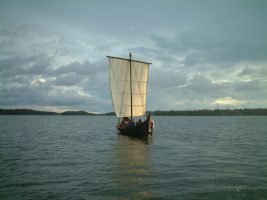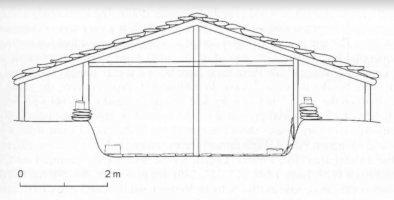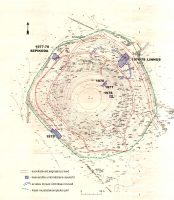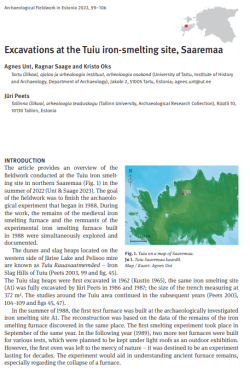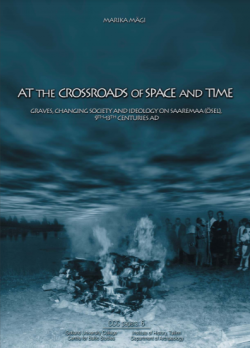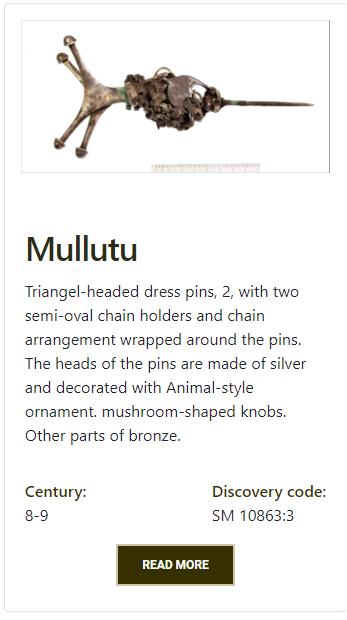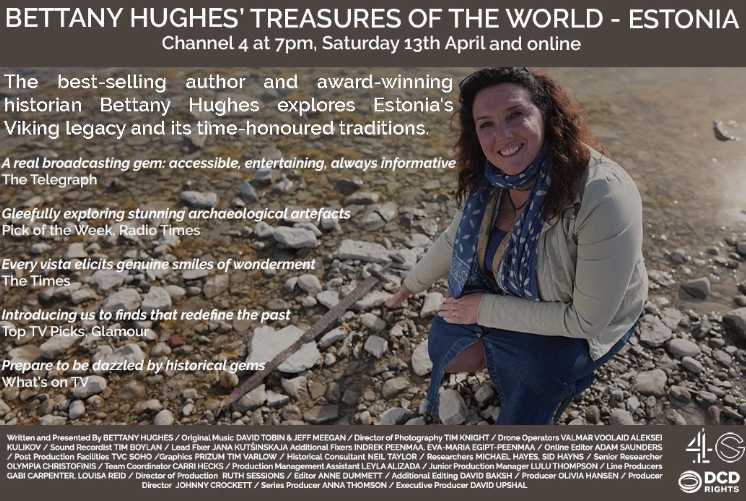Tornimägi was until 19th century known in Estonian as Hill-Fort (“Linnamägi”), because of its peculiar landscape. However, archaeological excavations have shown that there was a Viking-Age harbor site!
Lepna mortuary house was a cult building, which was used for collective sacred rituals for the deceased. Besides its particular function, it also stands out with its rich silver artefacts from the 5th-6th centuries of the Great Migration that is otherwise a rather poor era.


